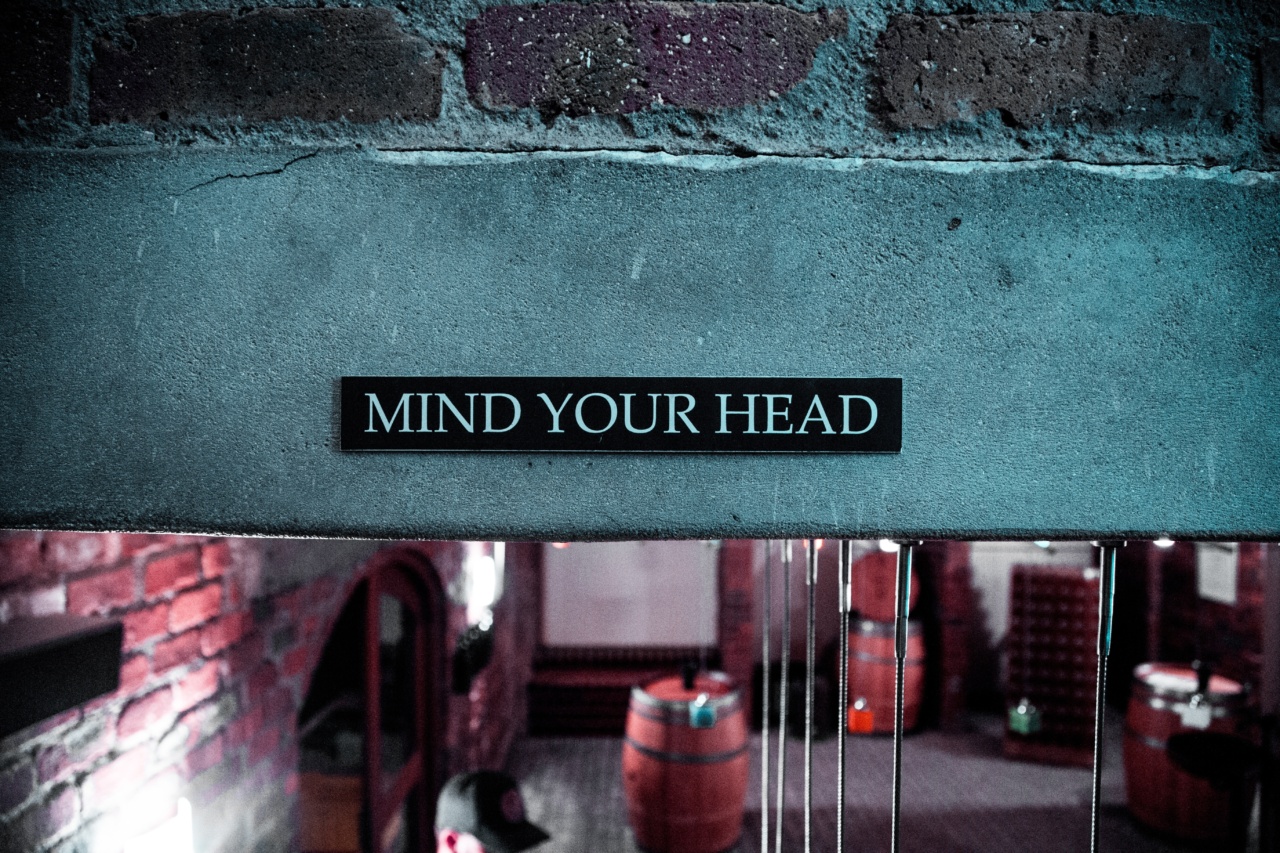The liver is one of the most important organs in the human body and it performs a vital role in keeping the body functioning properly.
It helps in detoxifying the body, producing bile that aids in digestion, storing vitamins and minerals and regulating cholesterol and blood sugar levels. However, there are several factors that can put your liver at risk and cause damage. In this article, we’ll look at 9 signs that your liver could be at risk and what to do about it.
1. Yellowing of the skin and eyes
Yellowing of the skin and eyes, also known as jaundice, is a common symptom of liver damage. The liver produces bile which helps in breaking down fat.
When the liver is damaged, it cannot produce enough bile resulting in the accumulation of bilirubin in the body. This accumulation leads to yellowing of the skin and eyes. If you notice yellowing of the skin or eyes, it’s important to see a doctor immediately.
2. Abdominal pain and swelling
If you experience pain or swelling in your upper abdomen, it could be a sign of liver disease. The liver is located on the upper right side of the abdomen and when it’s damaged, it can cause discomfort and pain.
It’s important to see a doctor if you experience persistent abdominal pain or swelling.
3. Rashes or itchy skin
If you notice rashes or itchy skin, it could be a sign that your liver is struggling to eliminate toxins from your body. This can be caused by a buildup of toxins in the body due to liver damage.
If you notice any persistent rashes or itchy skin, it’s important to speak to your doctor.
4. Fatigue and weakness
If you often feel tired or weak, it could be a sign that your liver is damaged. The liver plays a key role in converting food into energy. When the liver is damaged, it cannot perform this function effectively resulting in a lack of energy and fatigue.
If you experience persistent fatigue or weakness, it’s important to see a doctor as soon as possible.
5. Nausea and vomiting
If you experience persistent nausea and vomiting, it could be a sign that your liver is at risk. The liver plays a key role in producing bile which aids in digestion.
When the liver is damaged, it cannot produce enough bile leading to digestive problems such as nausea and vomiting.
6. Dark urine
If you notice that your urine is darker than normal, it could be a sign that your liver is at risk. Dark urine is a common symptom of liver damage as it indicates the presence of bilirubin in the urine.
If you notice persistent dark urine, it’s important to see a doctor as soon as possible.
7. Pale or clay-colored stools
If you notice that your stools are pale or clay-colored, it could be a sign that your liver is damaged. The liver produces bile which gives stools their brown color.
When the liver is damaged, it cannot produce enough bile resulting in pale or clay-colored stools. If you notice persistent changes in your stool color, it’s important to see a doctor.
8. Fluid retention
If you notice that your ankles, feet or hands are swollen, it could be a sign that your liver is struggling to remove excess fluid from your body. This condition is known as edema and can be caused by liver damage.
If you experience persistent fluid retention, it’s important to see a doctor as soon as possible.
9. High blood pressure
If you have high blood pressure, it could be a sign that your liver is at risk. The liver plays a key role in regulating blood pressure by producing a hormone called angiotensin.
When the liver is damaged, it cannot produce enough angiotensin leading to high blood pressure. If you have persistent high blood pressure, it’s important to see a doctor as soon as possible.
Conclusion
Your liver is a vital organ that plays a key role in keeping your body functioning properly. It’s important to be aware of the signs and symptoms of liver damage so that you can take action quickly.
If you notice any of the above symptoms, it’s important to see a doctor as soon as possible. By taking good care of your liver and making healthy lifestyle choices, you can help to protect this important organ and keep your body functioning at its best.




























